What to look for when shopping for gifts in Germany? From crafts and toys to chocolates and health products, we present 12 tips on what to bring home. Do you have any other tips for gift shopping in Germany?
Table of contents
Shopping for gifts while travelling
Do you usually buy gifts when you are abroad? We do it sometimes, and if it's close to Christmas or someone's birthday, it's perfect. A few years ago, when we visited Lübeck just before Christmas, we bought marzipan for the whole family.
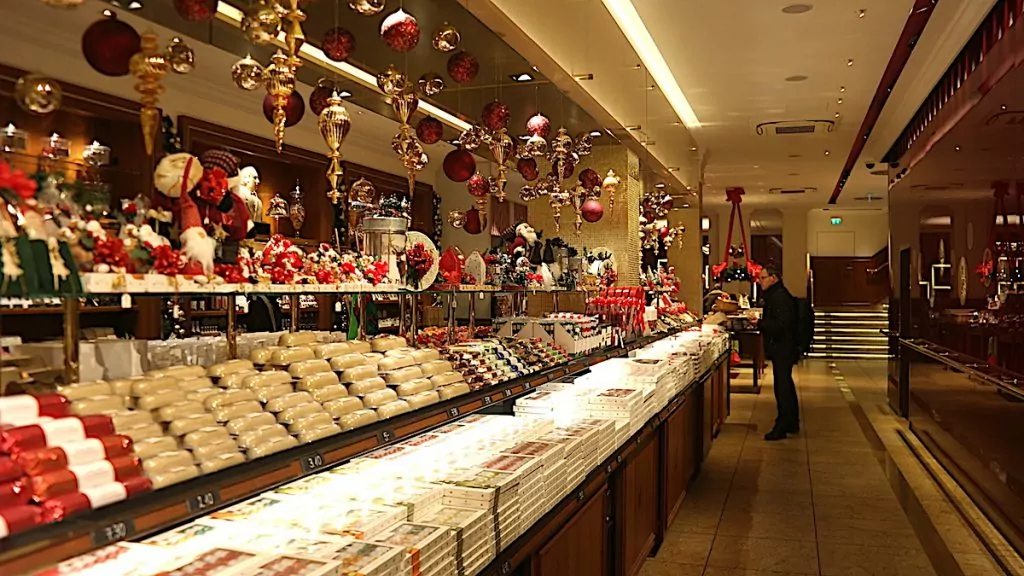
Twelve tips for gifts in Germany
Will you be travelling to Germany sometime in the future? In collaboration with the German Tourist Board, we've come up with 12 perfect gifts to bring home from your trip to Germany.
1. Marzipan from Lübeck
The Niederegger marzipan from Lübeck is now known all over the world. Marzipan originally came from the Orient, and it was the Crusaders who brought the delicacy to Europe. Initially, only pharmacists were allowed to trade in sugar, and marzipan was only for royalty and other distinguished people. Over time, the profession of sugar baker emerged and Johann Georg Niederegger (1777-1856) founded the famous company that still produces the beloved sweet.
In Lübeck, you can visit Niederegger Marsipaneri, and there is also a marzipan museum with impressive marzipan figures. On the first floor of the Niederegger House there is also a café where you can enjoy, for example, a marzipan cake with a coffee.
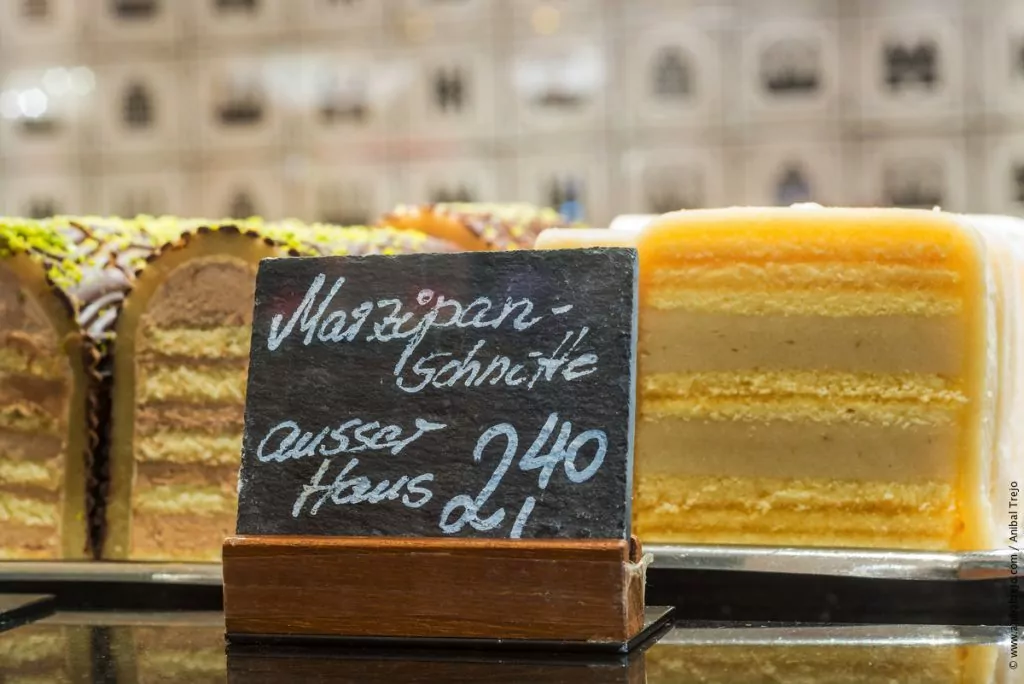
2. Wood crafts from the Erzgebirge mountains
The Erzgebirge mining region in eastern Germany has a long history of woodworking. The most famous craft from here is a kind of 'Christmas pyramid', which began to be developed in the 17th and 18th centuries. The pyramid is a Christmas decoration somewhat reminiscent of an angelica, with several levels and rotating discs. Small indoor Christmas pyramids are often powered by candles placed in the corners of the pyramid.
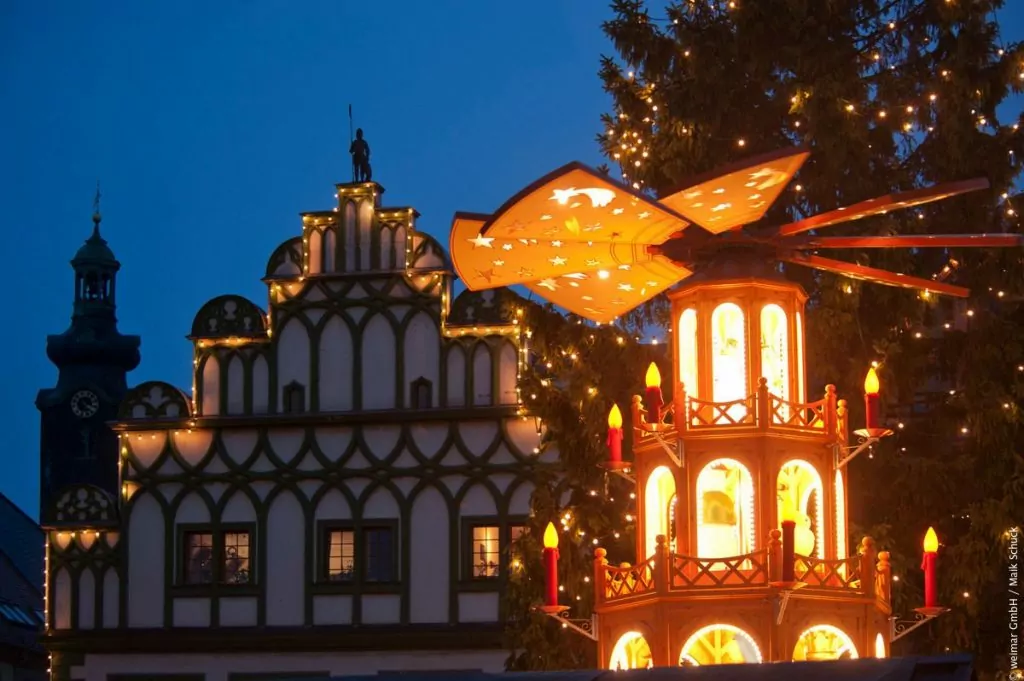
In addition to Christmas pyramids, the Erzgebirge also sells many other wooden crafts, such as "Nutcrackers" and Advent candlesticks. In Annaberg-Buchholz you can also visit Erzgebirge museum, which deals with both mining and craftsmanship.
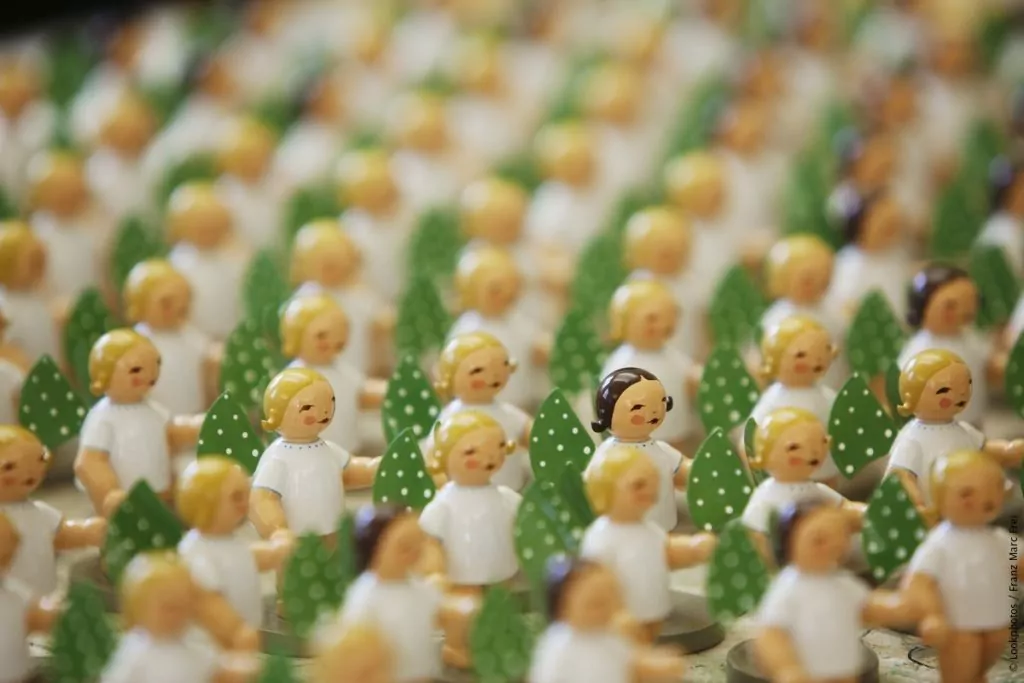
3. steiff plush toys
Margrete Steiff was born in 1847 and when she was 18 months old she contracted a fever, which left her with paralysed legs and difficulty moving one arm. How would Margarete cope in life? Despite the limitations of her one arm, she learnt to sew and eventually began making popular plush elephants.
In 1880, Margarete Steiff founded a company to sell plush toys, and the various animals are very popular today. To protect the toys from being copied, they have an original labelling with a metal button in the ear. If you want to know more, you can also visit the Steff Museum in Giengen an der Brenz.
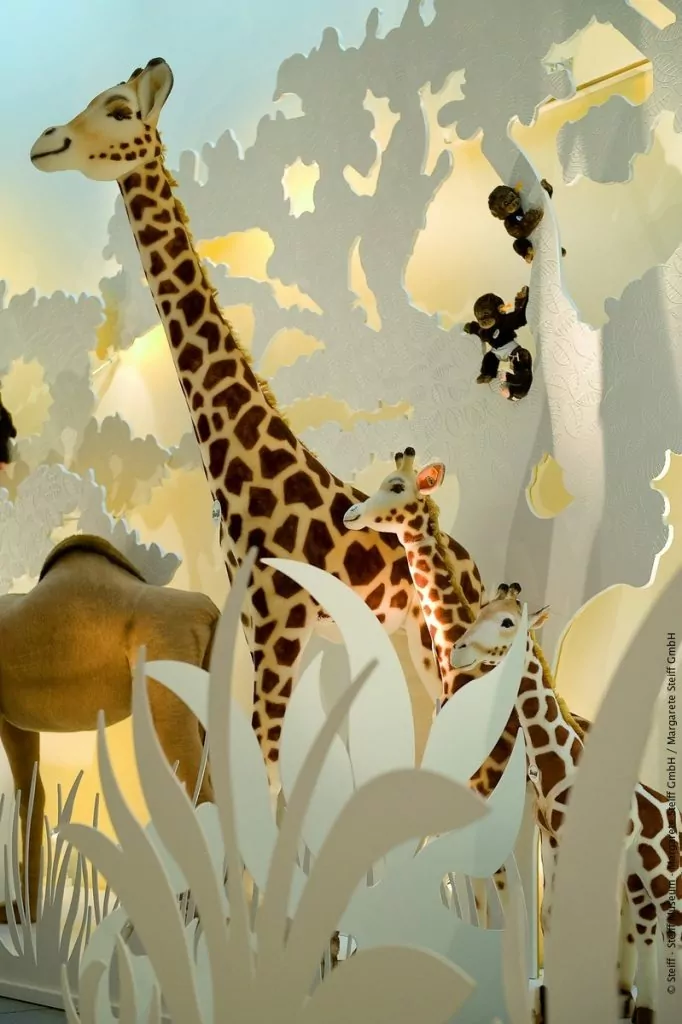
4. Porcelain from Meißen
The Elector of Saxony, August the Strong, had a passion for porcelain and so imported porcelain from China, which was an expensive hobby. To save money, he hired his own alchemists, and in the early 18th century the first white European porcelain was fired.
Today, Meissen porcelain is produced by the Meissen Manufaktur in Albrechtsburg in Meissen, eastern Germany. It makes plates, cups and vases, as well as sculptures of animals and people. You can also visit the porcelain workshop.
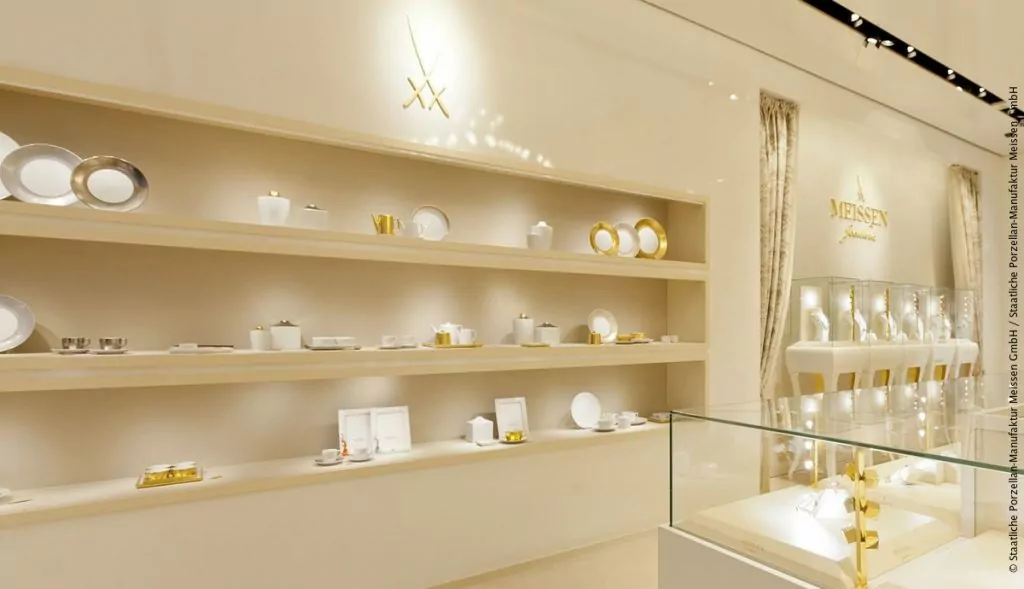
5. Healing chalk from Rügen
Limestone deposits on the north-eastern part of the island Rügen supplies the raw material for 'healing chalk'. Healing chalk is a pure and non-allergenic product that is considered to have healing properties. The product is used in baths and in masks, wraps and scrubs.
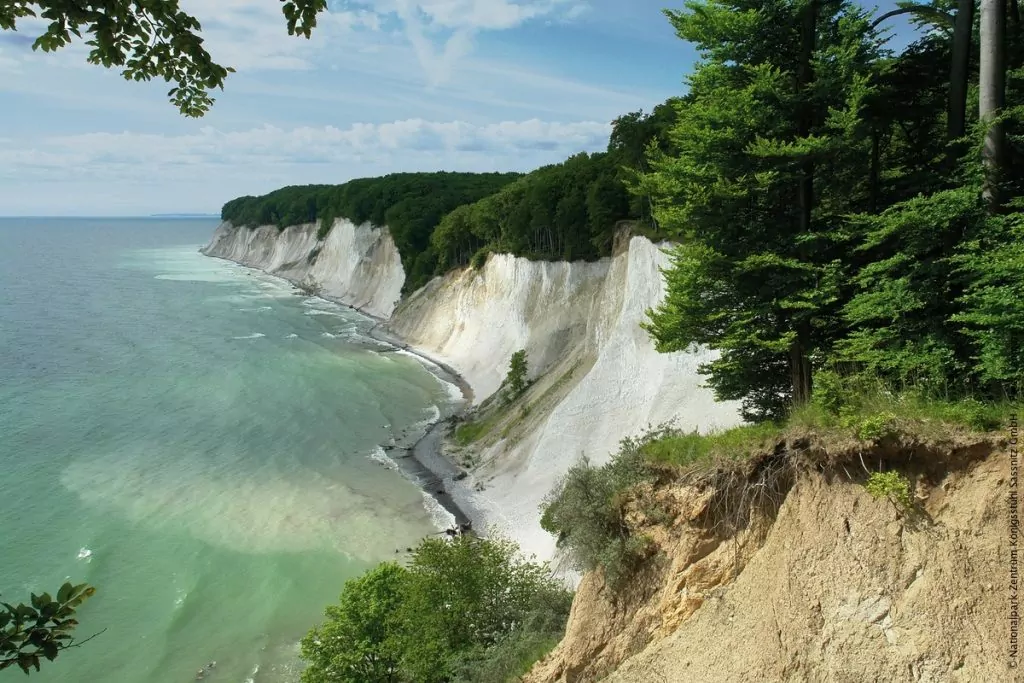
6. Sea buckthorn
Sea buckthorn is a shrub that often grows near seashores, bearing orange fruits that look like berries. In Germany, the shrubs are found in Schleswig-Holstein and Mecklenburg-Vorpommern. The nutritious berries are harvested between September and early December and are used in many different ways. For example, you can buy sea buckthorn in the form of jam, juice, oil, tea or even schnapps.
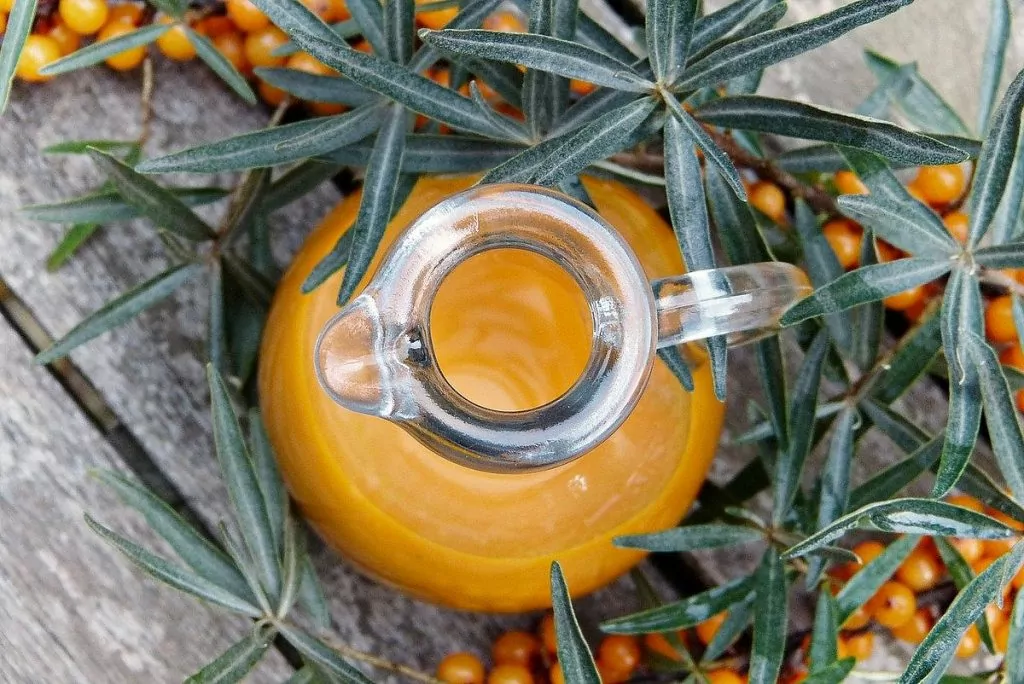
7. Cuckoo from the Black Forest
Black Forest cuckoo clocks, or 'Kuckucksuhr' as they are called in German, have a long tradition of craftsmanship. The first clocks were produced in the 18th century and became immensely popular in the second half of the 19th century. The cuckoo clock is still a popular souvenir, and those who wish to do so can also visit the Cuckoo Museum in Furtwangen.
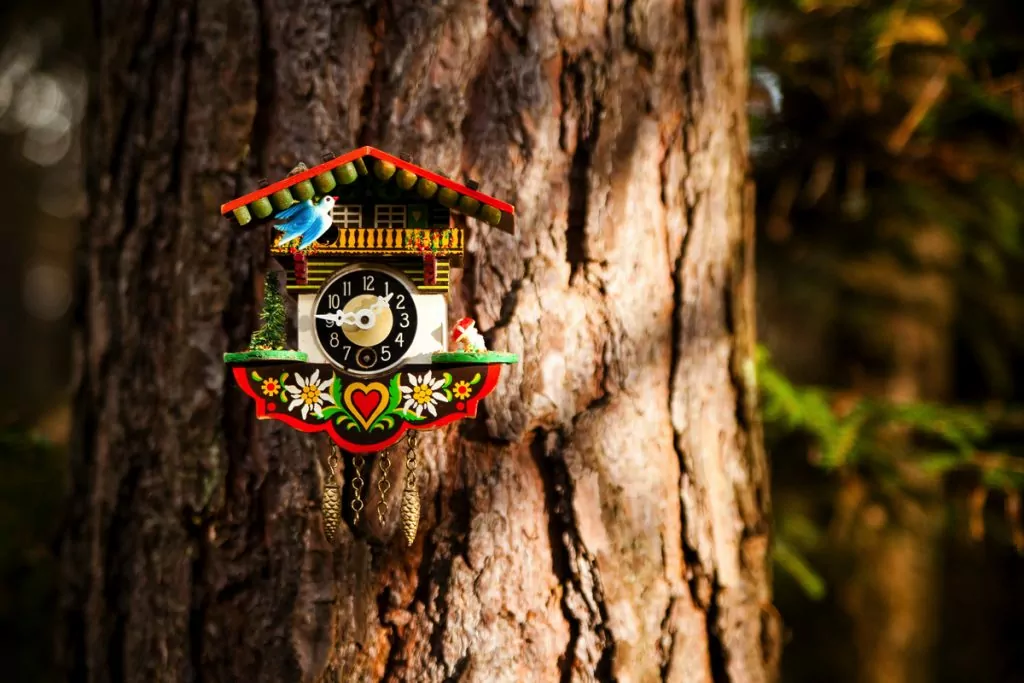
8. German wines
In Germany, you can take the opportunity to buy locally produced wine from different wine regions, such as Moselle valleys, Rhine Valley, Neckar, Saale and Main. You can also buy speciality wines, such as apple wine (äppelwoi). Read more about wine regions and wine festivals in Germany.
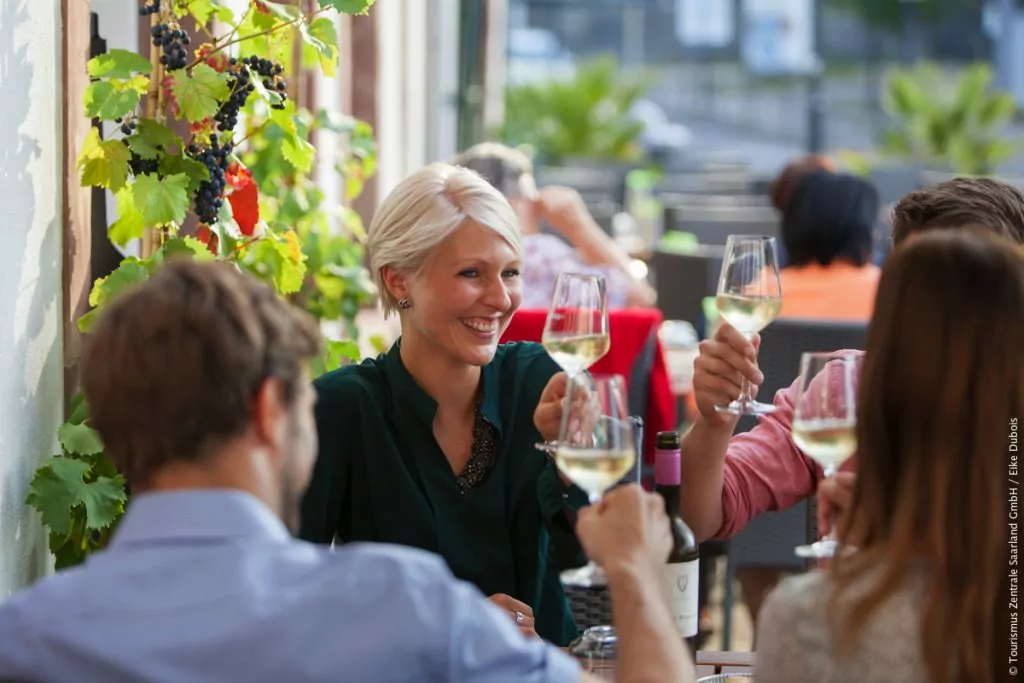
9. Products from outlets
If you want to shop for designer clothes at good prices, you can find last year's collections at various outlets. Here are some examples of shopping and outlets in Germany:
- Outlet City in Metzingen
- Wertheim Village in Wertheim
- Ingolstadt Village in Ingolstadt
- Designer Outlets in Wolfsburg
- Designer Outlet in Berlin
- Herzo in Stadt Herzogenaurach (Puma, Adidas and others)
And of course, if you're travelling by ferry, such as in Rostock or Sassnitz, you can shop at the Bordershop.
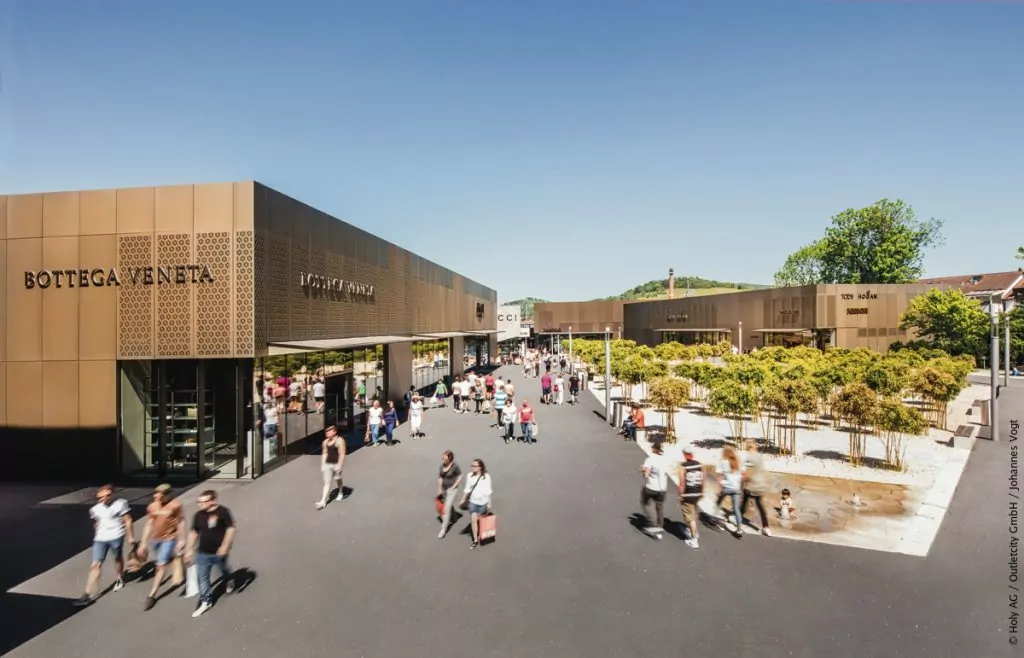
10. beer or beer garnish
Germany is great at beer and there are lots of different German beer brands, both from the most famous producers and from local microbreweries. If you want to buy beer as a gift, you can buy it with a pewter-capped beer coaster or a glass coaster, which, incidentally, was introduced at the World Cup. Oktoberfest in Munich 1892.
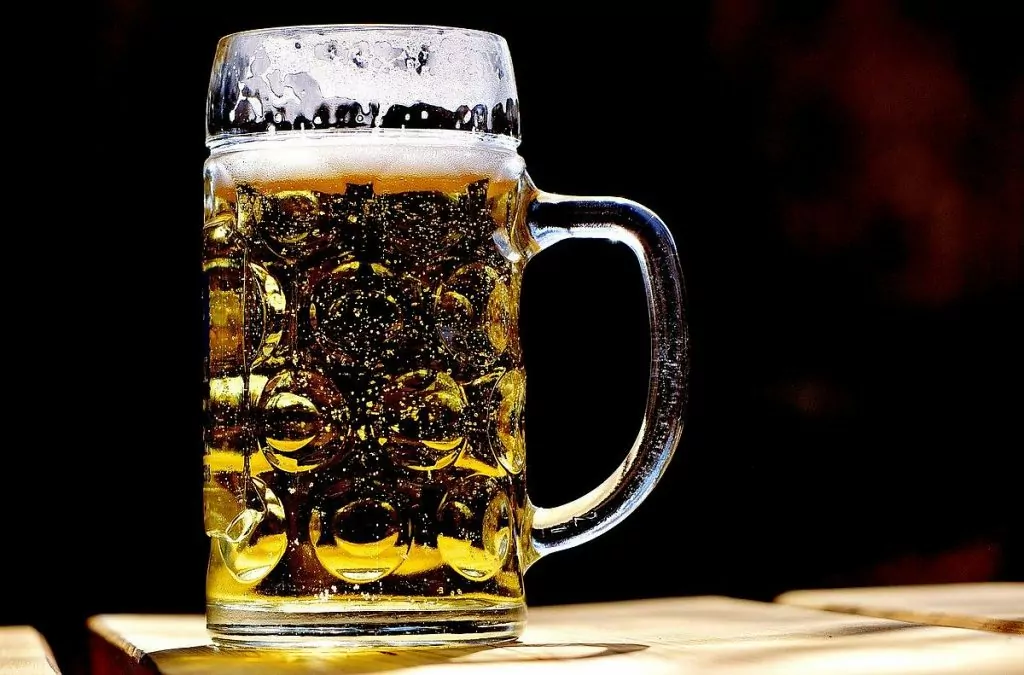
11. German bread
German bread culture is included as one of 27 cultural forms in the national list of intangible cultural heritage. So why not buy some bread from Germany? You can also visit the German Bread Museum in Ulm.
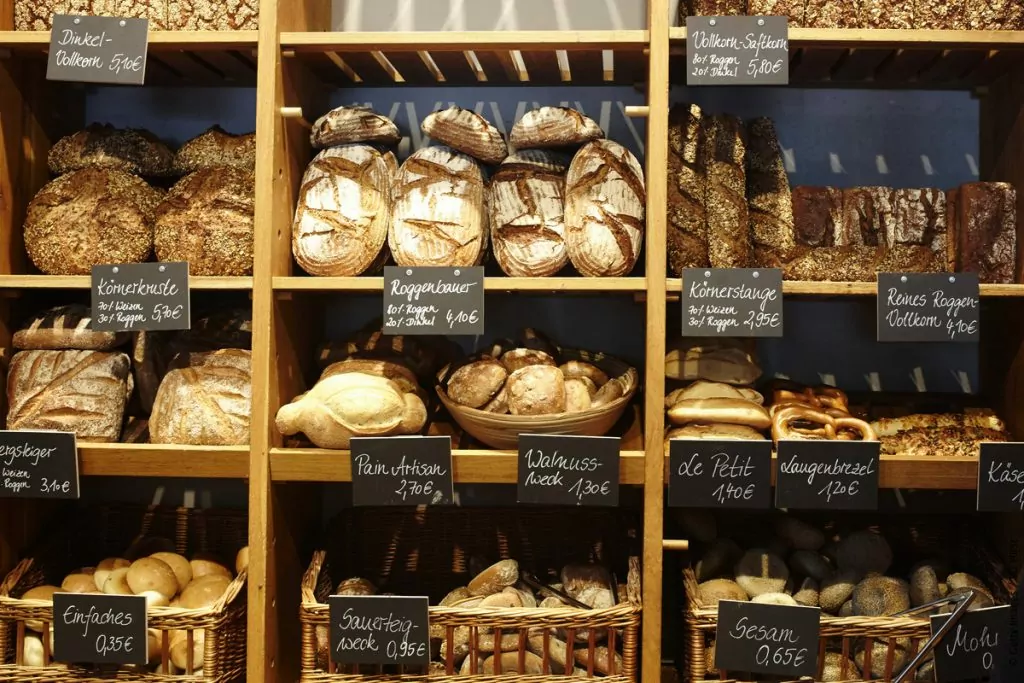
12: Ritter sport chocolate
Do you or someone you know like chocolate? Then you might want to pay a visit to Ritter Sport and buy some chocolate to take home. Ritter Sport can be visited either in Berlin or in Waldenbuch.
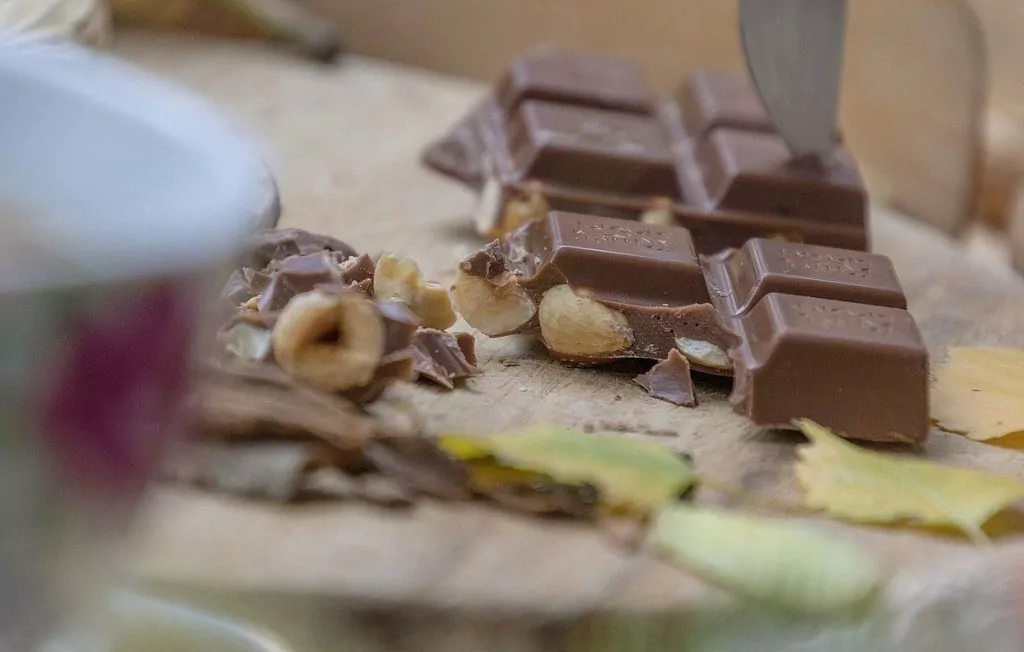
Info on shopping and gifts in Germany
- Currency: In Germany, the euro is used.
- Payment: Many shops and restaurants accept cards, but it is good to have cash available as well.
- Opening hours: Most shops are open Monday-Saturday 10:00 - 20:00. Small shops may close earlier.
Hofgarten Eremitage in Bayreuth - amazing park in Bavaria
The Hofgarten Eremitage in Bayreuth is a large and incredibly beautiful park filled with castles, fountains,...
Nude baths in Germany - Friedrichsbad in Baden Baden
Nude swimming in Germany? Yes, why not? Friedrichsbad in Baden-Baden is a traditional bath with a long history of...
Residence in Würzburg - stunning German baroque palace
The Residence in Würzburg is a stunning baroque palace, and is considered one of the finest examples of...
The boat lift in Niederfinow - with a lifting height of 36 metres
The boat lift in Niederfinow in the German Oder-Havel Canal is a fascinating piece of lifting equipment, which lifts boats as much as 36...
Rügen Island in the Baltic Sea - Germany's riviera
The island of Rügen is a beach paradise in northern Germany, with chalk-white cliffs and charming holiday resorts. We have...
Rastatt Castle in Germany - 18th century baroque castle
Rastatt Castle is a mighty German baroque castle from the early 18th century. Once upon a time it was built...
Finnlines Malmö - Travemünde - en route to Hamburg
To get to Germany and Hamburg we took Finnlines Malmö - Travemünde. This route suited...
Fairytale castle in Germany - Neuschwanstein in Bavaria
Fairytale castle in Germany - Neuschwanstein in Germany is located in south-west Bavaria on the border with Austria. Disney designed...
Schwerin Castle - fairytale castle in northern Germany
Schwerin Castle is a beautiful fairytale castle with battlements and towers, located in northern Germany....
Amusement parks in northern Germany - 6 exciting parks
Have you visited any amusement parks in northern Germany? There are several classic amusement parks with exciting and...
Lübeck, Germany - Queen of the Hanseatic League
The old Hanseatic city of Lübeck is a harbour city located in Schleswig-Holstein in northern Germany. Here you can...
Ostsee camping in northern Germany - and party with the gang
We have, together with eleven other motorhomes, spent three nights at the Ostsee camping in Zierow outside...
Restaurants in Hamburg - our top 7 tips
Restaurants in Hamburg we can tell you about today! During our visit to Hamburg we had time to eat ...
Timmendorfer beach - beautiful sandy beach in Germany
If you want to experience a beautiful sandy beach in Germany, you can travel to Timmendorfer Strand, which ...
Wörlitzer Park in Germany - Dessau-Wörlitz Garden Kingdom
Wörlitzer Park is part of the Dessau-Wörlitz Garden Kingdom, which has been designated a UNESCO World Heritage Site due to...
Oktoberfest in Germany - and other German folk festivals
Who doesn't want to experience Oktoberfest in Germany? We've gathered everything you need to know to...
What to do in Bremen - 17 tips for the city of musicians
What to do in Bremen? This northern German city is perhaps best known for its fairytale...
Miniatur Wunderland - the largest model railway in the world
Miniatur Wunderland in Hamburg showcases the world's largest model railway. Prepare yourself for floor after floor of...
6 picturesque towns in Germany - along holiday routes
If you like picturesque cities, Germany is the place for you. In Germany there are plenty of...
Eagle's Nest - Hitler's 50th birthday present among the mountains
We have visited the Eagle's Nest, or Kehlsteinhaus as the house is actually called in German. This extremely high...
Guided Beatles tour in Hamburg - join us at the Reeperbahn
We have done a guided Beatles tour in Hamburg, and we highly recommend it. Very interesting...
From camping Güster to Ostsee camping, northern Germany
The "Beach Basket Challenge" motorhome trip in Germany continues and we have now made it from camping Güster at Am...
Beer in Germany - 6 German experiences with a beer theme
What is the best way to experience beer in Germany? Germany has a strong beer culture and it...
Moritzburg Castle near Dresden - a fairytale hunting lodge
Moritzburg Castle near Dresden is a beautiful and fabulous hunting and baroque castle, well worth a visit....
Bauhaus 100 years - the story of a German design school
Bauhaus is 100 years old this year, but it's not the DIY store's birthday. No, we...
What does Germany have to offer?
Last Thursday evening we went to an event at the Haymarket in Stockholm. It was the German tourist office...
Wine festivals in Germany - experience autumn wine festivals
Wine festivals are currently taking place in Germany and will continue throughout October and November. If you are...
From Kiel to Gothenburg - best ferry between Sweden and Germany
Then it was time to take the ferry from Kiel to Gothenburg, after two months of motorhome travelling in...
The half-timbered road in Germany - a cosy holiday route
The half-timbered road in Germany is a wonderfully cosy holiday route. This is a perfect route to follow for...
Trier in the Moselle Valley - Germany's oldest city
Trier is Germany's oldest city, located in the Moselle Valley (Rhineland-Palatinate), near the border with Luxembourg. This...
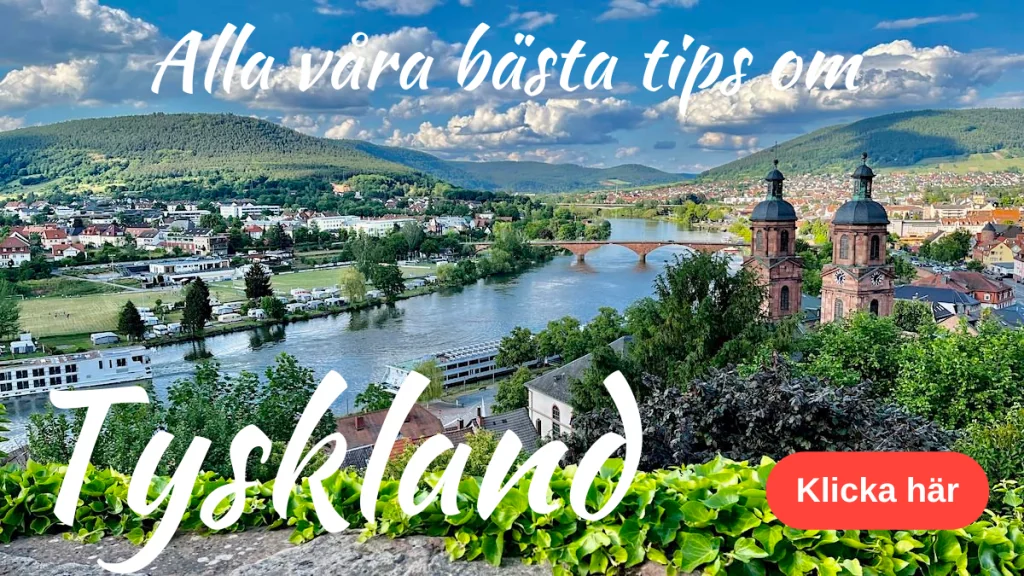


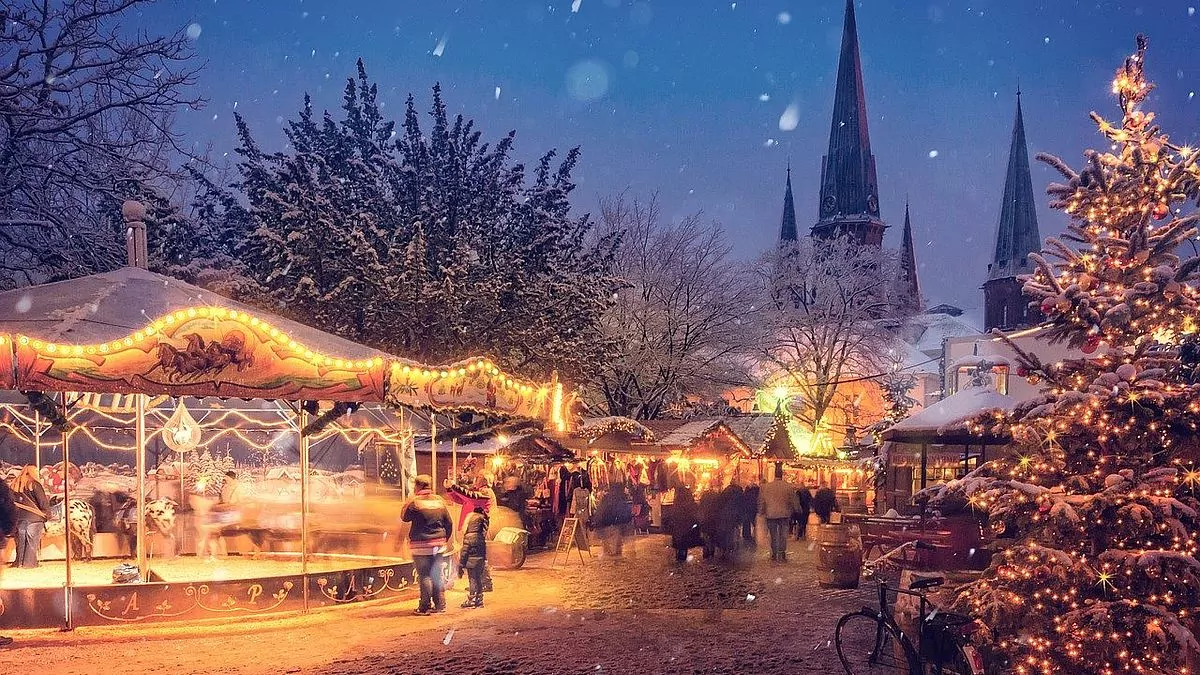






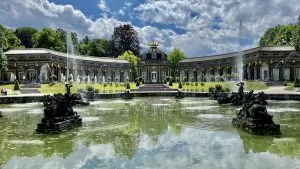
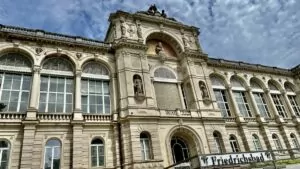
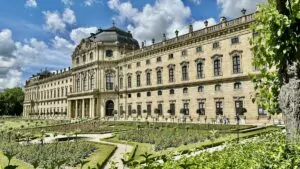

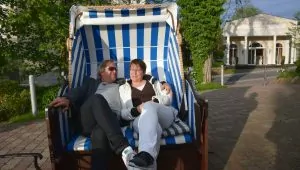
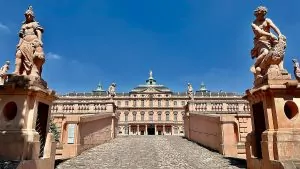

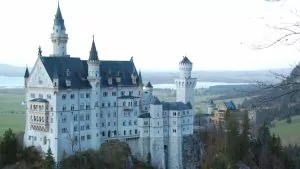
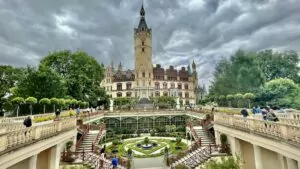

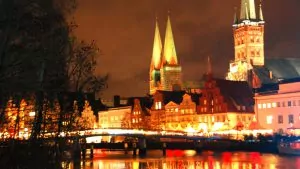
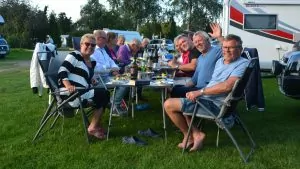
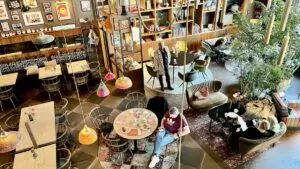

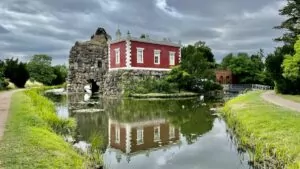
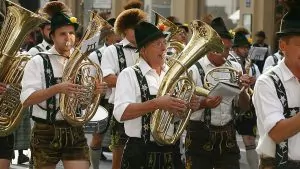
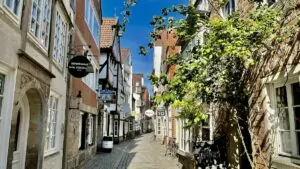
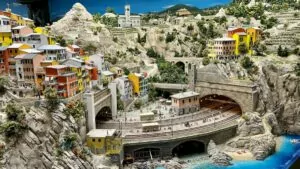
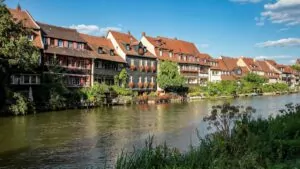
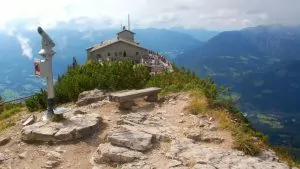
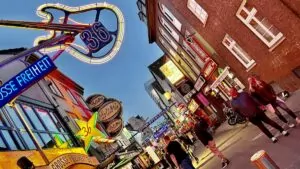

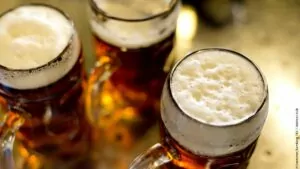
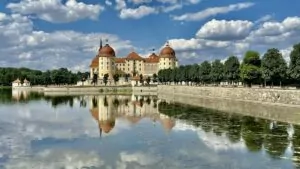
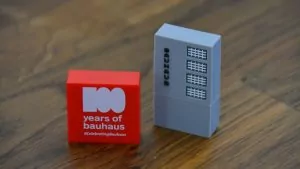
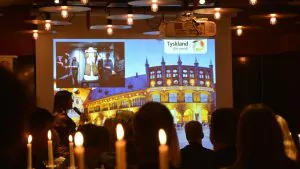


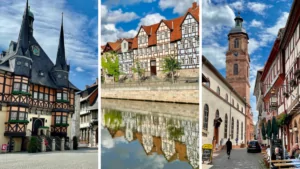
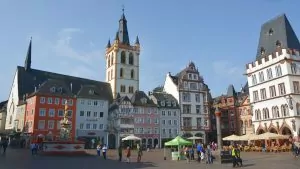
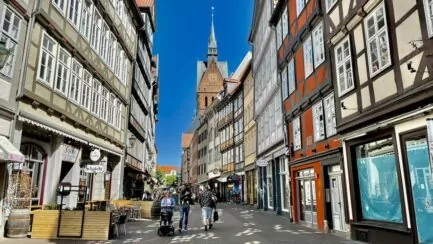


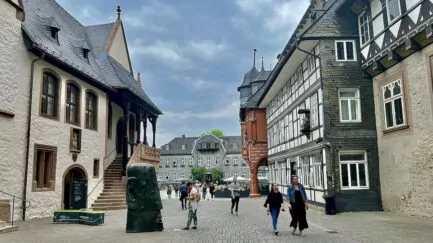
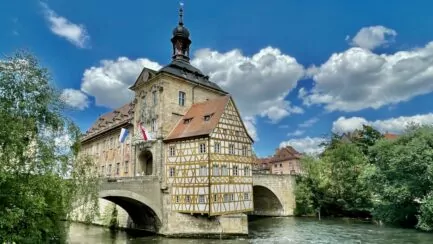



BP says:
One thing you forgot to "advertise" is actually German sausages. Most varieties are not available in Sweden.
Oh that Ritter Sport chocolate is actually really good. It is also available here, but the most delicious "Rum Raisins Hazelnuts" is of course not available here.
Oh please - a cuckoo clock as a souvenir - are you kidding?
However, the Steiff products are well worth buying, as they cost a fraction in Germany compared to what they cost here.
21 November 2019 - 18:28
Helena says:
We ourselves probably buy mostly edible things as gifts actually. Wine and marzipan are things that we bought ourselves from Germany to give away. Sausage is also a good tip! 🙂
23 November 2019 - 7:04
Husis blog says:
My owners have been to Metzingen a couple of times, which is a huge outlet, and also to Berlin and Herzogenaurach.
They find that the standard is slightly different depending on which shop they go into. But there are a lot of clothes that are current in this year's catalogues so you can really get bargains on real clothes.
21 November 2019 - 18:31
Helena says:
Glad they found these outlets! We like shopping for clothes abroad, but haven't looked specifically for outlets. But it seems like a good idea!
23 November 2019 - 7:05
Lisa says:
When we visit Germany, which happens from time to time, we usually shop at so-called drugstores. DM or Rossman for example. In these shops you will find all kinds of food supplements, beauty products, hygiene articles and much more at good prices. Sausages and bread are also favourites. Clothes are available at C&A in quantities and for those who need also in large sizes.
22 November 2019 - 10:05
Helena says:
It sounds like you usually make a lot of bargains! 🙂
23 November 2019 - 7:06